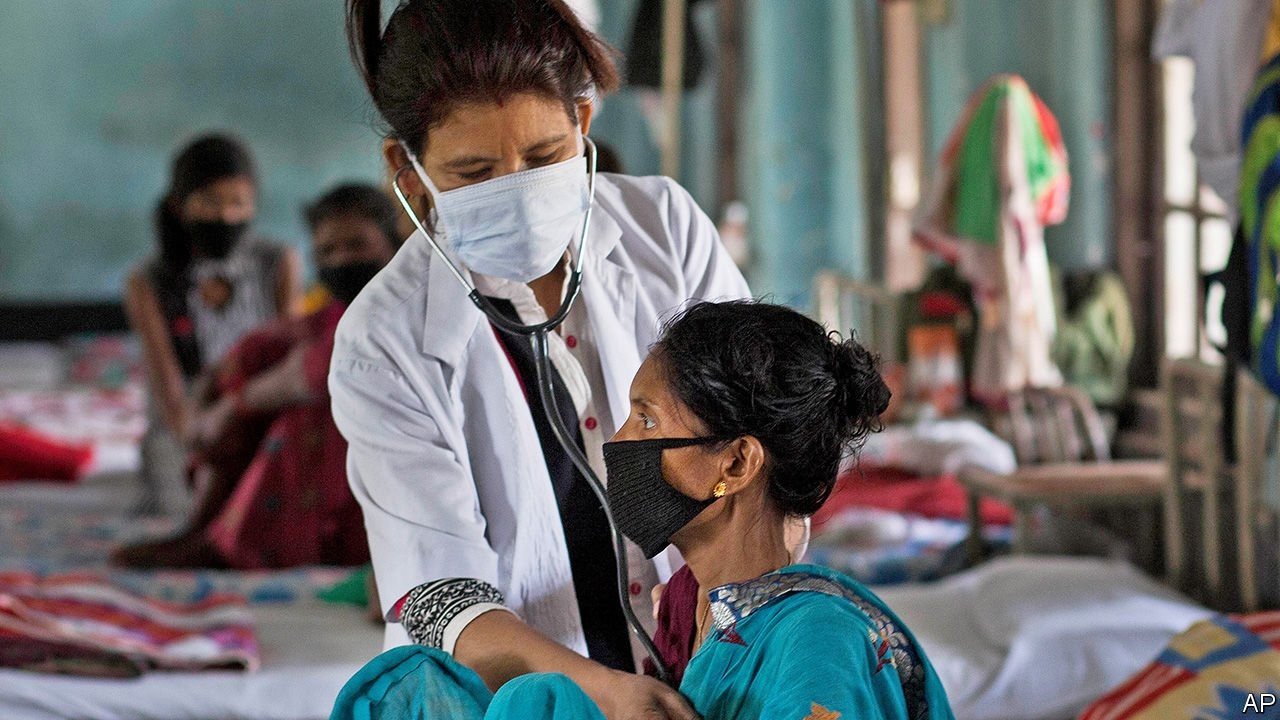
In the past year, Covid-19 has grabbed so much attention that people forgot about the world’s deadliest infectious killer – Tuberculosis (TB).
Did you know TB kills a greater number of people in India every year, than the lives Covid has claimed over the past 12 months? This condition leads to the deaths of nearly one-and-a-half million people each year, mostly in developing countries. India alone accounts for one fourth of the global TB burden.
What is TB and how does it affect us?
TB is an infection caused by bacteria called Mycobacterium Tuberculosis. It spreads through the air from one person to another when an infected person coughs, sneezes, spits or laughs. Even though the bacteria travel easily, it’s not easy to be infected by TB.
One is most likely to catch TB from people s/he interacts the most with – at home, workplace or other spaces with large density of people.
TB most commonly affects the lungs, but can affect other body parts as well like lymph glands, abdomen, spine, joints, etc.
TB: In numbers
According to studies conducted by Australian researchers, each day, nearly 4,500 people lose their lives to TB and close to 30,000 people fall ill due to this preventable and curable disease.
The Union Ministry of Health and Family Welfare, in 2017, said that India had the world’s highest share of 2.7 million – over a quarter of all TB cases, globally – and accounted for 32 per cent of deaths due to the disease.
Types of TB
There are two kinds of TB infections – Latent TB and Active TB.
Latent TB:
In most healthy people, the body’s natural immune system kills the bacteria and there are no symptoms. Sometimes, the immune system cannot kill the bacteria but manages to prevent it from spreading in the body. One will not experience any symptoms, but the bacteria will remain in the body – this is known as latent TB. People with latent TB cannot infect others, and do not feel ill. This usually happens to children. However, this dormant TB gets activated when the body’s immune system is extremely low – in the cases like HIV, cancer, diabetes, etc. This may occur like a normal fever and can go unnoticed.
Active TB:
When the immune system is unable to kill or contain the bacteria, active TB develops. Active TB disease of the lungs is contagious, which means it can be spread from one person to another. It is most often spread through the air. The bacteria can enter the air when a person with TB disease of the lungs or throat coughs. People nearby may breathe in the bacteria and get infected.
People only get sick from the TB bacteria that is alive and active. If you have received treatment for at least two weeks, you may not be classified as being in the active TB phase.
What are the risk factors?
Being in close contact with a person with active lung TB disease is highly risky
Being in contact with certain groups of people like homeless, injection drug users, HIV/AIDS patient may be vulnerable to TB
People living professionals working in hospitals, homeless shelters, prisons, slums, refugee camps may also be at high TB risk
Symptoms one shouldn’t ignore:
TB shows symptoms only in the active phase. In some cases, the heart faces difficulty in pumping blood to the rest of the body. The symptoms include:
– A cough that lasts two-three weeks or more
– Pain in the chest, while coughing or resting
– Coughing up blood or thick mucus
– Night sweats
– Feeling weak or tired
– Weight loss
– Losing appetite
– Fever, mostly in the evening
– Swollen neck lymph-gland(s)
– Spinal and joint pain
– Meningitis
– Blood in the urine
Treatment:
TB can be cured when the right medication is administered correctly. Antibiotic treatment will depend on a person’s age, health, resistance to drugs, type of TB, and the location of infection (i.e., the lungs, brain, kidneys).
If you have latent TB, you will be administered only one kind of TB antibiotics. If you have active TB (particularly MDR-TB), you may be administered multiple drugs.
Treatment for drug-sensitive TB is a combination of antibiotics for 6 months. People with drug-resistant TB will need longer treatment with at least 5-6 drugs under expert supervision.
There have been some interesting changes in the management of MDR-TB that is resistant to a very important treatment drug like Rifampicin. New drugs like Delamanid and Bedaquiline have improved the clinical outcome in patients with MDR-TB.
Injectable agents are no longer the pivot for treating patients with this disease. Even if symptoms have disappeared, it is crucial to complete the whole duration of the antibiotic treatment to ensure that the disease is eliminated.
The longer people wait, the TB disease worsens. Although the stigma associated with TB has gone down significantly, there is a need for people to be alert, aware, and responsible when it comes to identifying symptoms and getting treated early. TB is treatable and curable.
